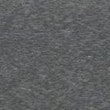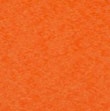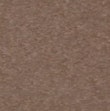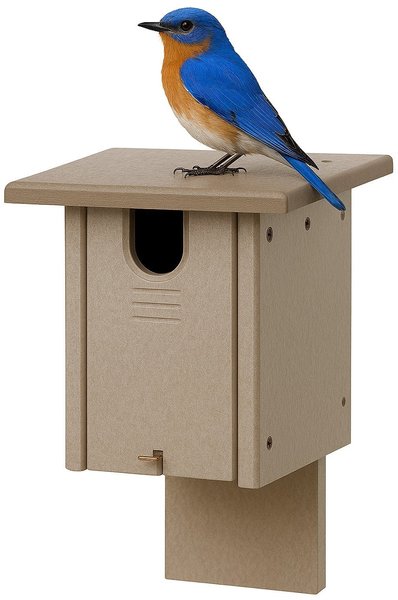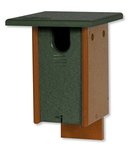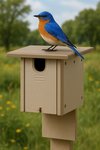Dimensions & Specifications
Delivery Cost & Lead Time
Additional Information
Buy as Shown
Overview
Safeguard Bluebirds with the Amish Poly Small Post Mount House
Welcome the beauty of Eastern Bluebirds to your yard with a home specifically designed for their safety and success! Our Amish-crafted Poly Bluebird House combines durable, eco-friendly materials with thoughtful design features to provide a haven for these cherished native birds.Built to Last: The Beauty of Poly Lumber
Crafted from durable, recycled poly lumber, this bluebird house offers superior longevity and requires minimal maintenance. It looks like traditional wood but won't rot, crack, split, or fade over time. You'll never need to paint or stain it, making it an effortless addition to your backyard. The poly material also provides excellent insulation, helping to regulate internal temperatures for nesting success, and is incredibly easy to clean between broods.Understanding Bluebird Nesting Habits
How long will bluebirds nest in the nesting box? Bluebirds typically incubate their eggs for about 12-14 days. Once the chicks hatch, they remain in the nesting box (the "nestling period") for approximately 17-21 days before fledging (leaving the nest). How long will the baby birds be with their parents before they fly? After fledging, young bluebirds will stay with their parents for an additional 2-4 weeks, learning foraging skills and independence before fully dispersing. What do bluebirds eat? Bluebirds are primarily insectivores, especially during breeding season. They feast on a variety of insects like grasshoppers, crickets, beetles, caterpillars, and spiders. In fall and winter, their diet shifts to wild berries and fruits such as sumac, dogwood, and juniper. You can supplement their diet with mealworms (live or dried) offered in a specialized bluebird feeder. Check out our Amish Cage Bluebird Feeder or our Amish Bluebird Feeder with Holes.Is it good to put a bluebird feeder by a nesting box? It is generally NOT recommended to place a bluebird feeder directly next to a nesting box. While bluebirds do eat mealworms, placing a feeder too close can attract predators or other aggressive birds (like starlings or even sparrows, despite your house's resistance) to the immediate nesting area. This can cause stress or danger to the nesting pair and their young. It's best to place feeders at least 20-30 feet away, and ideally in a separate, open area of your yard.
Provide a safe, lasting home for these beloved native birds and help ensure their populations thrive for generations to come. Order online today to help bluebirds!See more products from this woodshop: Garden Homes and Feeders
Warranty
Amish Poly Small Post Mount Bluebird House














